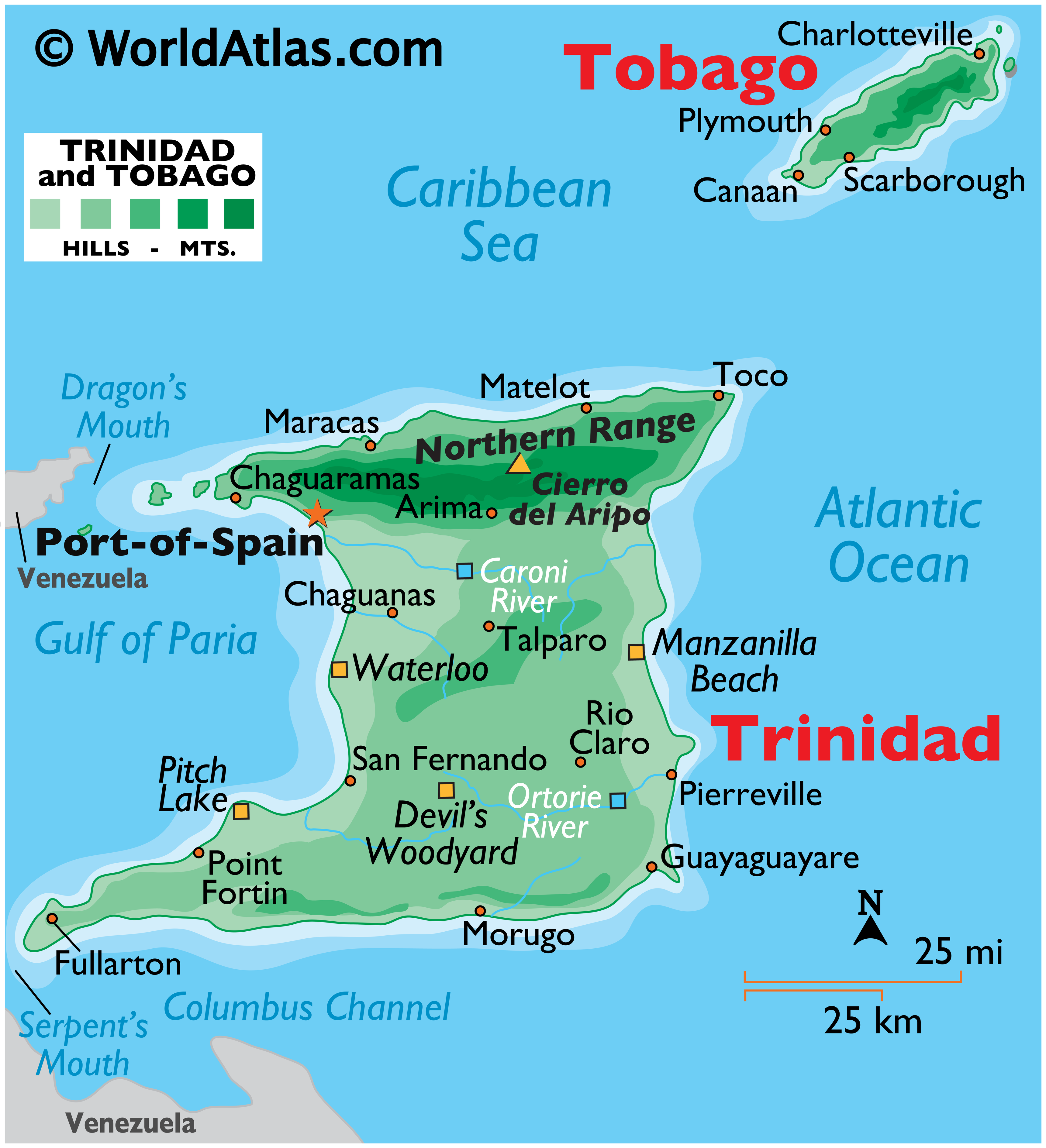For
this project I will be focusing on the Economy of Trinidad and Tobago. While
the country shares many economic similarities with other Caribbean countries,
it is also different.
 One
difference that Trinidad and Tobago has against other Caribbean nations is
their reliance on fossil fuels, specifically natural gas and petroleum. Ever
since 1875 when the first oil well was drilled in Trinidad, the nation has
utilized its cash cow product to compete in the world marketplace. Trinidad and
Tobago contain the Caribbean’s largest proven supply of oil and natural gas. The
product easily produces the majority of the nation’s GDP and allows the country
to be one of the wealthiest in the Caribbean. In recent history however, the
economy has suffered due to its reliance on the fuels. In the 1980s, the
Organization for Petroleum Exporting Countries or OPEC who controls most of the
world’s petroleum supplies lowered the price of oil internationally which
caused many problems for competitors. In Trinidad and Tobago, their petroleum
exports plummeted and cause a sever gap in their economy. In the late 2000s,
the price is still low and is hard to compete with so the country had to focus
its economic attention somewhere else.
One
difference that Trinidad and Tobago has against other Caribbean nations is
their reliance on fossil fuels, specifically natural gas and petroleum. Ever
since 1875 when the first oil well was drilled in Trinidad, the nation has
utilized its cash cow product to compete in the world marketplace. Trinidad and
Tobago contain the Caribbean’s largest proven supply of oil and natural gas. The
product easily produces the majority of the nation’s GDP and allows the country
to be one of the wealthiest in the Caribbean. In recent history however, the
economy has suffered due to its reliance on the fuels. In the 1980s, the
Organization for Petroleum Exporting Countries or OPEC who controls most of the
world’s petroleum supplies lowered the price of oil internationally which
caused many problems for competitors. In Trinidad and Tobago, their petroleum
exports plummeted and cause a sever gap in their economy. In the late 2000s,
the price is still low and is hard to compete with so the country had to focus
its economic attention somewhere else. |
| Trinidad and Tobago's Flag. Adopted in 1962 |
These
leads to the similarity that Trinidad and Tobago have with most other Caribbean
countries, it began to utilize its tourism. While there was some tourism before
this time, the government of the island realized that its petroleum will not be
a reliable source of income for the future. The nation began actions like
protecting and improving the environment which is a key component of tourism
while also creating and improving their infrastructure to provide for the
influx of people. Despite being named as a popular destination for European travelers
in 2013, the country has not had the number of people visiting that it
previously had. This has caused even more economic problems as the nation’s
newer source of income is already failing.